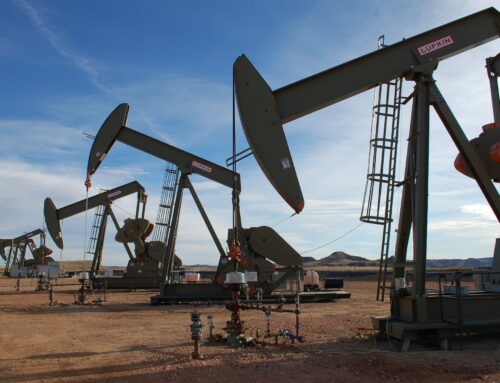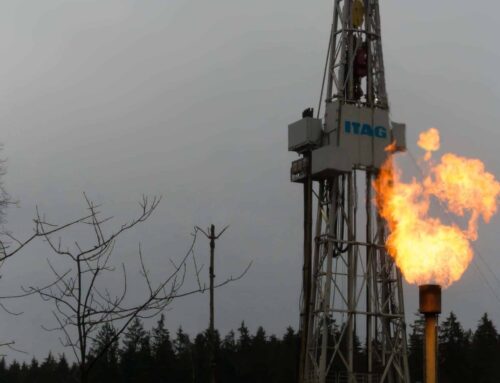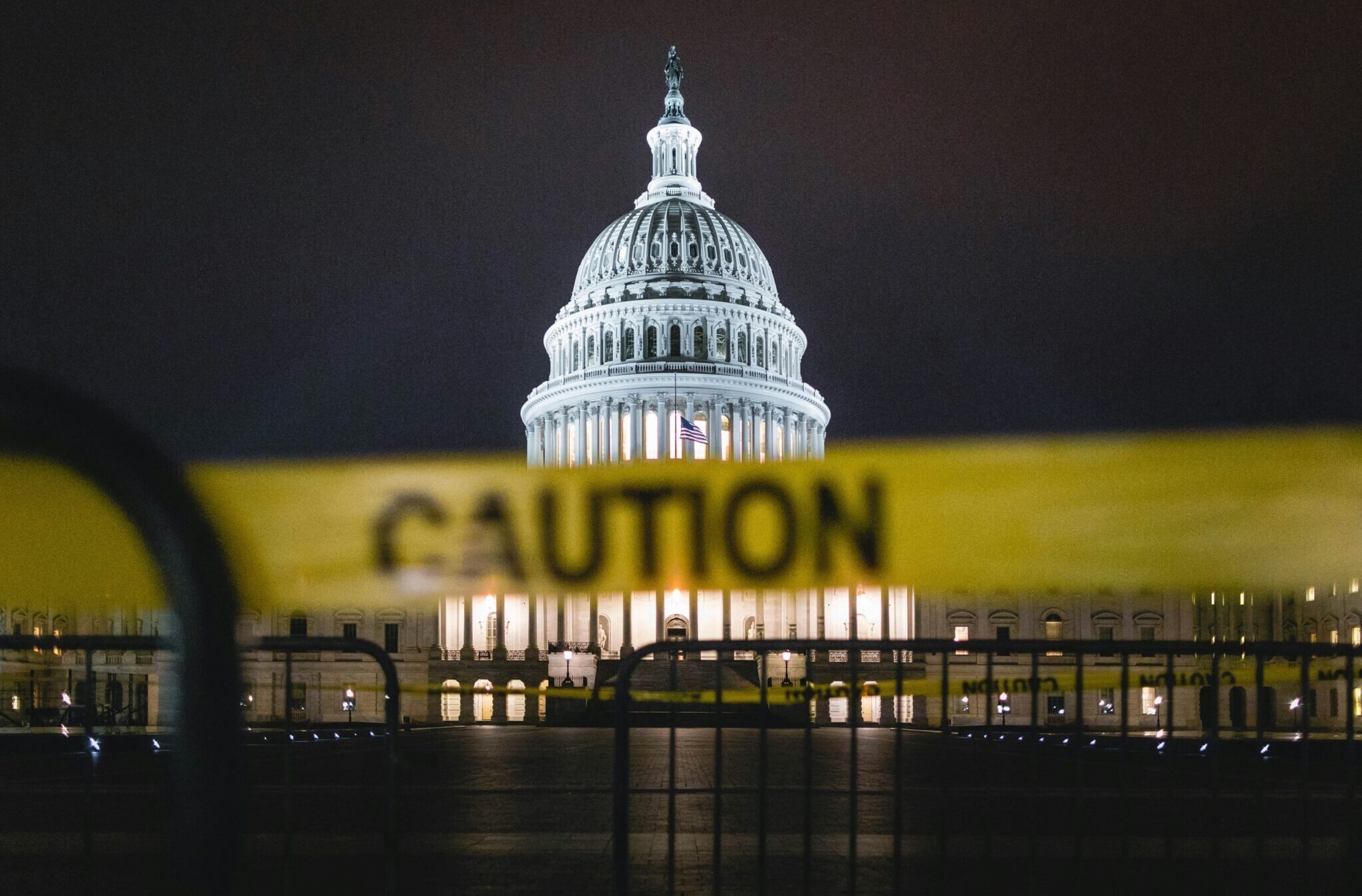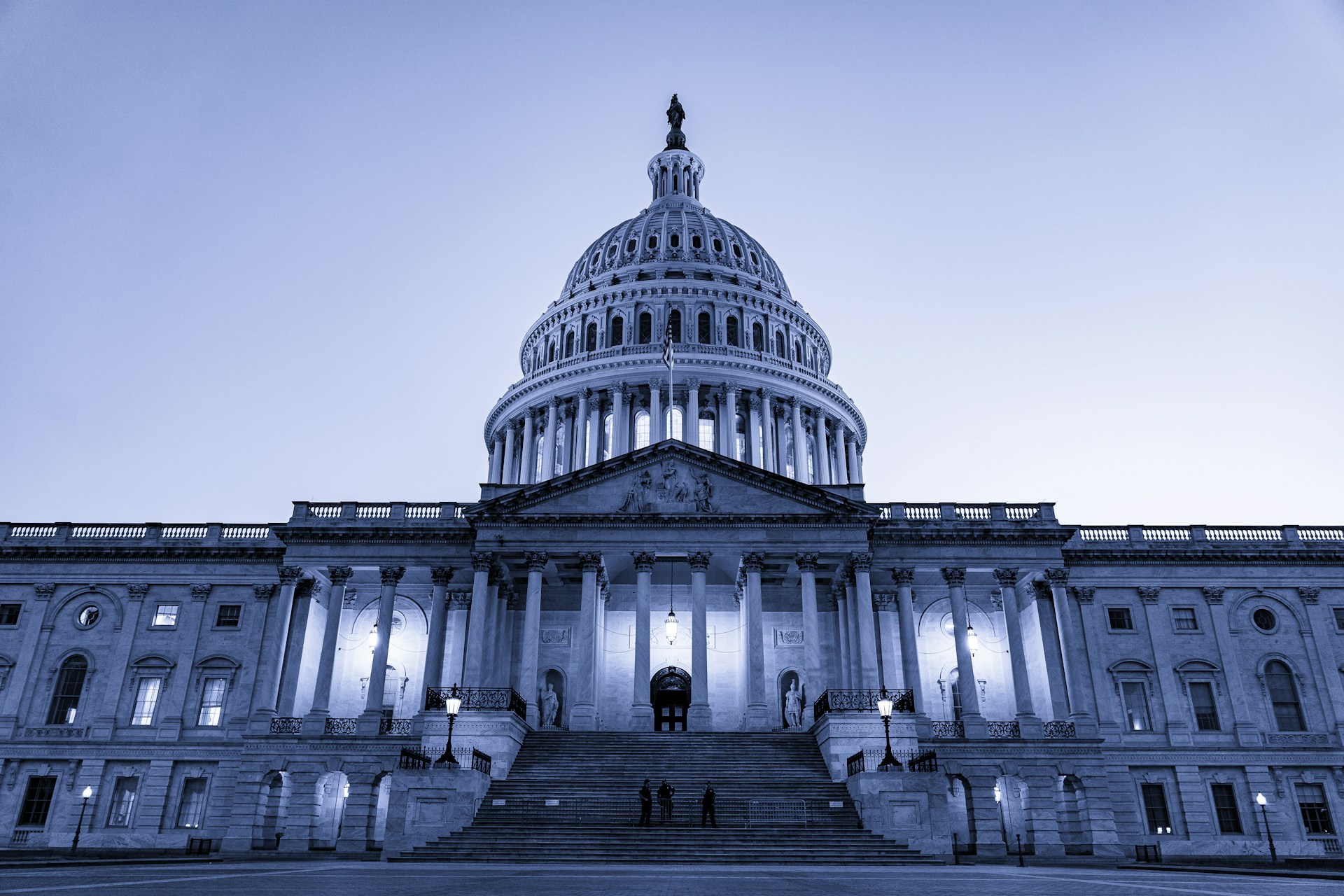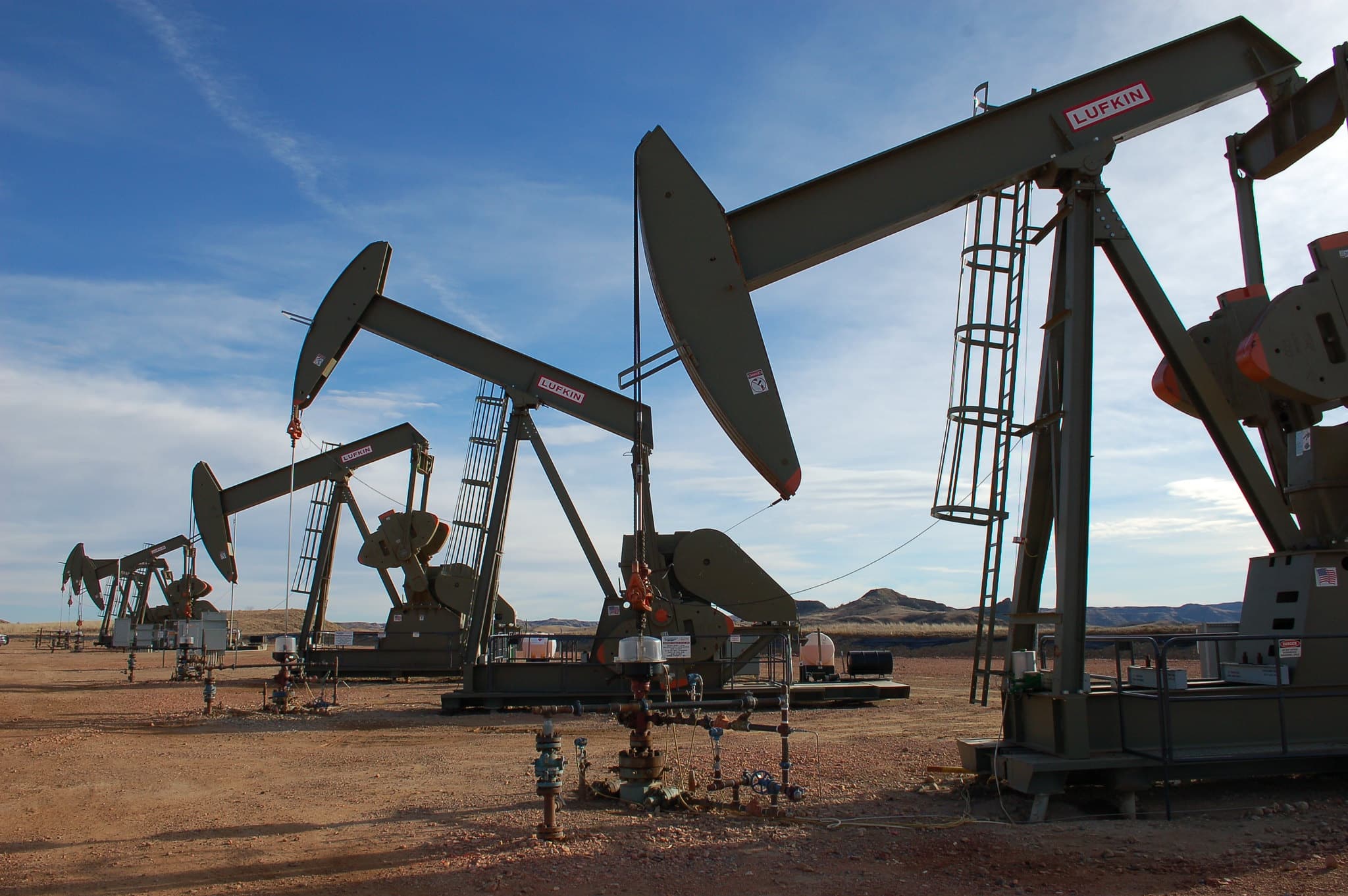The United States Enrichment Corporation (USEC) recently released its midterm financial report and in addition to troubling financials, revealed it will seek additional taxpayer-funded subsidies. In the second quarter, USEC posted a net loss of $40.9 million following a $2 million loss in the first quarter, putting the company $42.9 million in the red so far this year. Now it is looking more and more as if USEC will post a third straight annual net loss; building on a $1.2 billion loss in 2012 and $491 million loss in 2011.
The midterm financial report details a litany of concerns with the research, development, and demonstration (RD&D) program at USEC’s American Centrifuge Plant (ACP) and the financial status of the company overall—alluding to the potential cancellation of the plant and/or restructuring of the company’s balance sheet if significant additional capital or taxpayer subsidies are not found in the near term.
Over the past 12 months, the Department of Energy (DOE) has provided $227.7 million to USEC as part of a $280 million agreement between DOE and USEC to fund the existing RD&D program that is scheduled to end December 31, 2013. The RD&D program developed in June 2012 is intended to prove the technical viability behind the ACP project. Under the agreement, federal taxpayers are forced to provide 80 percent of project costs and USEC is required to provide 20 percent. While USEC has already received well over $200 million from DOE, this is only enough to fund the RD&D program through September 30. To secure the remaining taxpayer-funded subsidy, or approximately $48 million, USEC has spent $840,000 so far this year lobbying Congress for its next handout.[1]
As of June 30, USEC has spent $2.5 billion on the American Centrifuge Plant. Project proponents claim that with this last federal handout Congress could provide the means to complete this decade long research project. However, following the projected completion of the RD&D program late this year, USEC warns it does not have adequate financing in place to move the ACP project forward by itself. It needs at least $4 billion to complete the ACP project and reach commercial operation. (Note: This takes the total estimated project cost to a new high of $6.5 billion—up from USEC’s previous $5 billion estimate.) To this end, and despite the company’s troubling financial outlook, USEC is seeking additional government support to prop up the ACP project following the completion of the $350 million RD&D program. This includes seeking a $2 billion loan guarantee from the Department of Energy’s Loan Guarantee Program—the same program that brought us the failed solar startup, Solyndra.
Currently the United States Enrichment Corporation does not have any enrichment capacity. With USEC’s first quarter announcement that the Paducah Gaseous Diffusion Plant would be decommissioned, its only hope for future enrichment capacity is still $4 billion away—far more than the $48 million directed to USEC in this year’s appropriations bills—and even then it remains questionable whether the ACP project will reach commercial viability. Taxpayers should no longer be tied to this sinking ship. Congress should stop any additional subsidies to USEC.
[1] Center for Responsive Politics. “Totaling Lobbying Expenditures: USEC Inc.” Accessed August 8, 2013. http://www.opensecrets.org/lobby/clientsum.php?id=D000029618&year=2013


